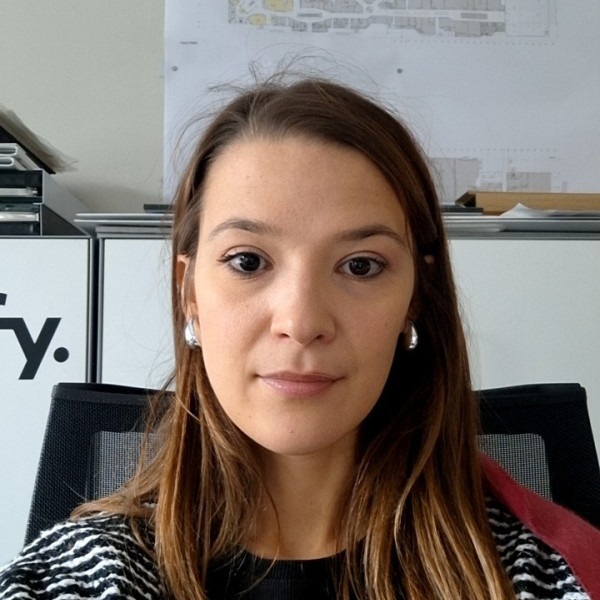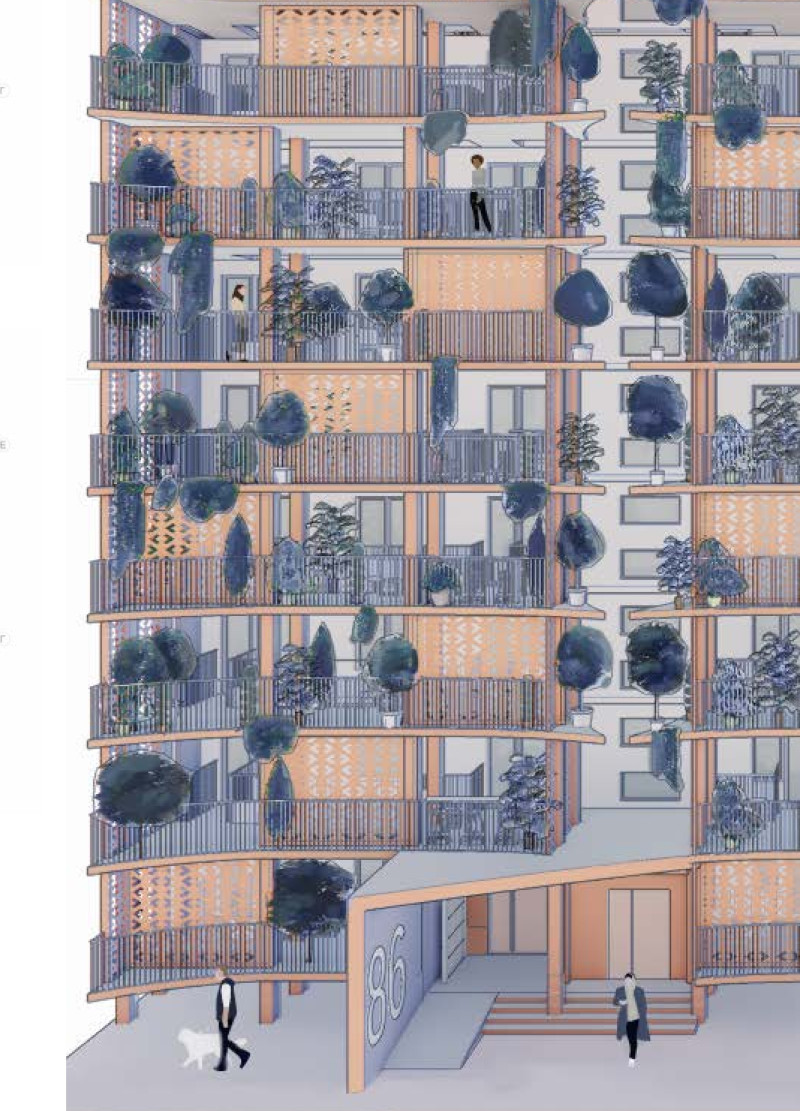5 key facts about this project
The architectural form is characterized by its clean lines and logical organization, which effectively frame the space both internally and externally. The layout promotes ease of movement through carefully planned circulation paths that guide visitors seamlessly from one area to another. This thoughtful approach to spatial arrangement highlights the importance of user experience in the overall design philosophy, ensuring that the building is not only visually appealing but also functional in its use.
In terms of materiality, the project showcases a diverse palette that includes concrete, steel, glass, and wood. The use of concrete serves as a primary structural element, providing both durability and a modern aesthetic. Steel features prominently throughout the design, offering structural support while enabling expansive open spaces that enhance the building's versatility. Glass is utilized strategically to create transparency, inviting natural light into the interior and blurring the lines between indoor and outdoor environments. This incorporation of natural illumination cultivates an inviting atmosphere, essential for a communal space.
Wood adds warmth to the interiors, balancing the cooler tones of concrete and steel. It is employed in various elements, including flooring and ceiling finishes, creating a tactile experience that draws patrons in. By using these materials interchangeably and thoughtfully, the design achieves a coherent narrative that reflects modern sensibilities while respecting the local context.
Unique design approaches are evident throughout the project. The integration of sustainable practices is one such aspect, with features designed to enhance energy efficiency and environmental responsibility. Considerations like rainwater harvesting systems, natural ventilation, and green roofs speak to a commitment to sustainability, illustrating the role of architecture in addressing contemporary environmental challenges. This forward-thinking mindset is ingrained within the project's framework, contributing to a more sustainable urban landscape.
Beyond its physical attributes, the project embodies a broader vision of community interaction and engagement. It is envisioned as a hub where individuals can gather, learn, and collaborate. The versatile spaces allow for a range of activities—from workshops and exhibitions to casual meetings—enabling the building to adapt to various needs. This adaptive design illustrates a deep understanding of the dynamics of communal spaces and fosters a sense of belonging among its users.
Moreover, the project incorporates local design elements and references that resonate with the historical and cultural fabric of the area. By weaving these aspects into the architectural narrative, it deepens the connection between the building and the community, showcasing how architecture can reflect and enrich local identity.
Enthusiasts of architecture and design should explore the detailed aspects of this project further, delving into architectural plans, sections, and design elements to fully appreciate the thoughtful execution behind this endeavor. Each facet of the design is a manifestation of ideas that prioritize both function and form, creating a well-rounded architectural response to its location and intended use. For those interested in architectural analysis, this project serves as a compelling example of how contemporary architecture can effectively engage with the environment and community while prioritizing sustainability and user experience.


 Lia Oana Gafita,
Lia Oana Gafita,  Tomás Alberto Saraiva Da Silva Delgado Dos Reis
Tomás Alberto Saraiva Da Silva Delgado Dos Reis 























